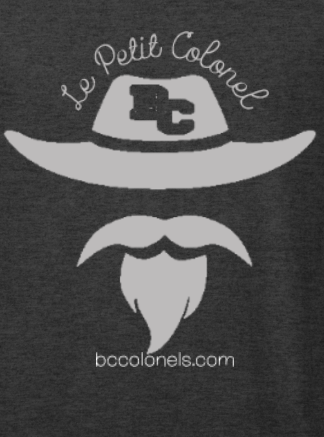Do Dress Codes Support Gender Stereotypes?
Girls with uniforms walking down hall.
August 25, 2022
Something I remember as a young girl stressing over, and even now as a sophomore, is whether my clothes fit the dress code. School has become a harmful and toxic environment because of these rules on what you can wear. Clothing is subjective, so it’s wrong for school authority figures to dictate how we are told to dress. Think of it like this: three girls could dress the same, one could be tall, causing them to be dress-coded for shirt length. Another could be larger chested making her clothes be viewed as inappropriate, but a girl with an average body type, this could be fine. Diversity in body types can cause clothes to be a daily struggle for students, having to factor both fit and the way others will perceive them.
Shorts are a well known piece of clothing that often is associated with dress codes. We are often told it should stop at mid-thigh, knee length, or credit card length above the knee, but with the rise of fast fashion our options are limited by income and choices; but our male peers have clothing that fits into school appropriate lengths and cuts because of masculine styles.
Rules and policies like this cause social issues and further isolate female students from their peers. The stereotypes surrounding clothing also produce a sense of isolation, the choice between feminine and masculine style can be obvious to the person wearing the clothing. However, tradition and social norms contradict this freedom of expression. Societal pressures tell students outside the mainstream that what they’re doing is wrong, when in reality it could very well just be different. Traditional styles such as skirts and dresses are pushed towards female students, furthering the influence of gender stereotypes along with strict dress codes elevating issues surrounding femininity along with being appropriate.


